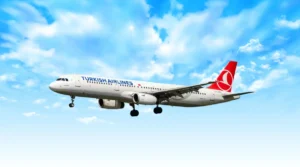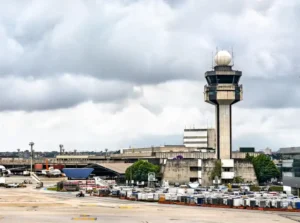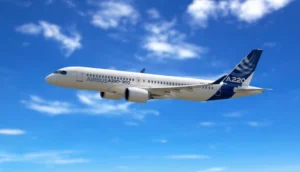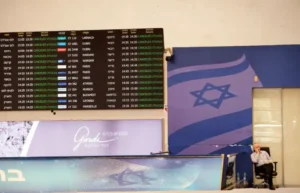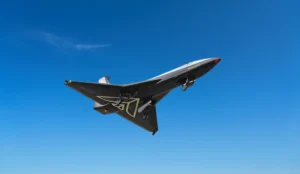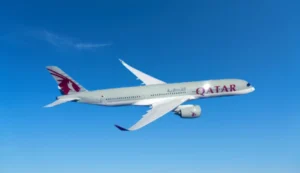U.S. Army Aviation Accidents Surge: Human Error to Blame?
FY2024 marked the worst year for U.S. Army aviation mishaps in over a decade, with a dramatic rise in Class A accidents—especially involving the AH-64 Apache. Data reveals human error, poor safety culture, and training gaps as key contributors.
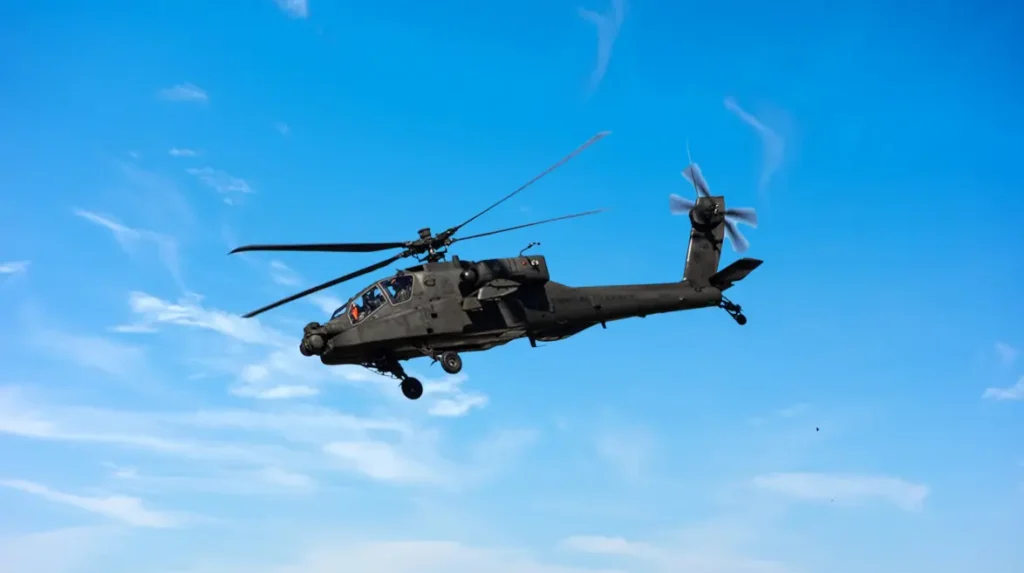
The U.S. Army has recorded its highest number of aviation mishaps in over a decade, raising serious concerns about flight safety and operational readiness. According to reports from FY2024, the spike in incidents has alarmed military officials and defense analysts alike, with some pointing to deeper systemic issues within Army aviation training and maintenance programs.
The AH-64 Apache, one of the Army’s most advanced attack helicopters, was involved in the majority of the accidents. Analysts suggest that while the aircraft itself remains a reliable asset, the high rate of incidents involving the Apache highlights shortcomings in pilot training and decision-making under pressure. These findings underscore the importance of regular, realistic training simulations and scenario-based learning.
Human error was identified as the leading cause in most mishaps. Factors include miscommunication during operations, misjudgments in flight handling, and lapses in adhering to standard protocols. These incidents suggest that even experienced pilots may not be receiving adequate ongoing training, especially when transitioning between missions or adapting to new environments.
Training gaps and budget constraints are also being investigated. Some Army aviation units reportedly faced reduced flight hours and limited access to updated simulators, which may have contributed to pilot proficiency issues. Additionally, a shortage of maintenance personnel has increased the workload on existing crews, potentially impacting the quality of aircraft checks and repairs.
As the Army reviews its aviation safety protocols, officials are calling for immediate reforms. Proposals include enhanced pilot evaluation systems, better resource allocation for training programs, and stronger oversight of safety procedures. With national security and lives at stake, addressing these aviation safety gaps has become a top priority for military leadership.

